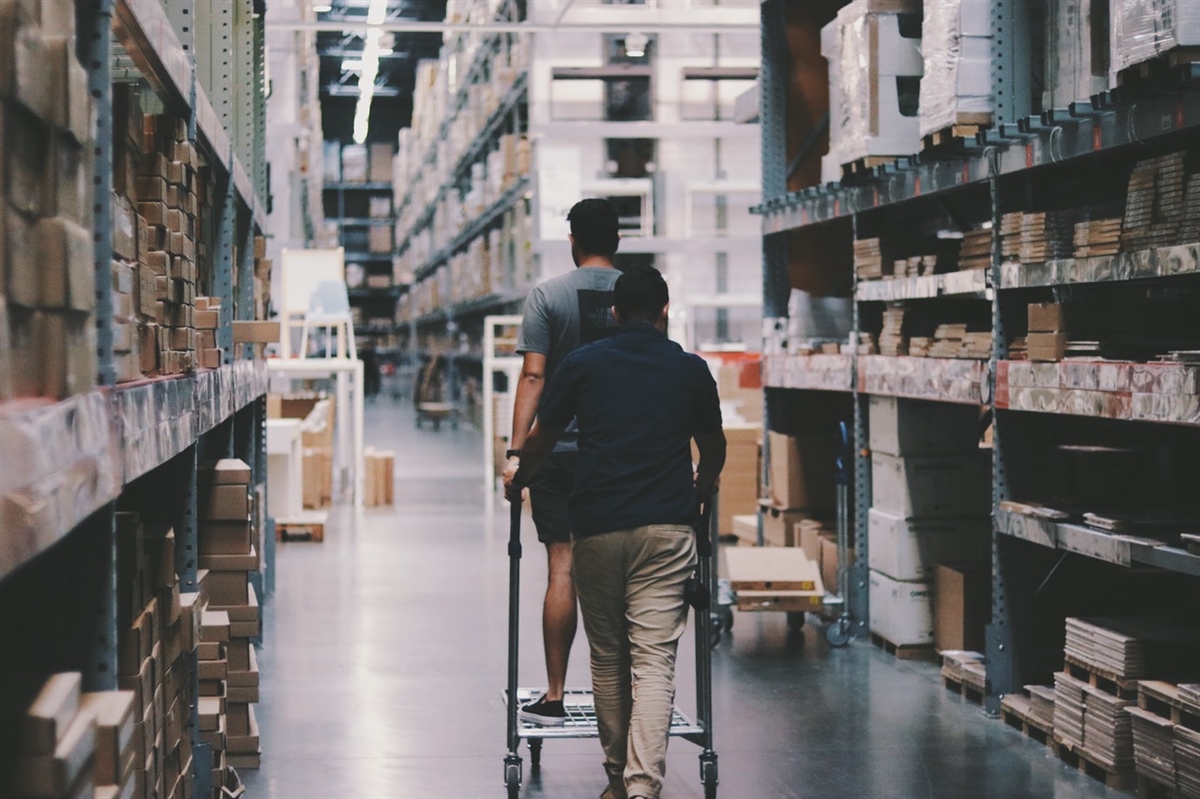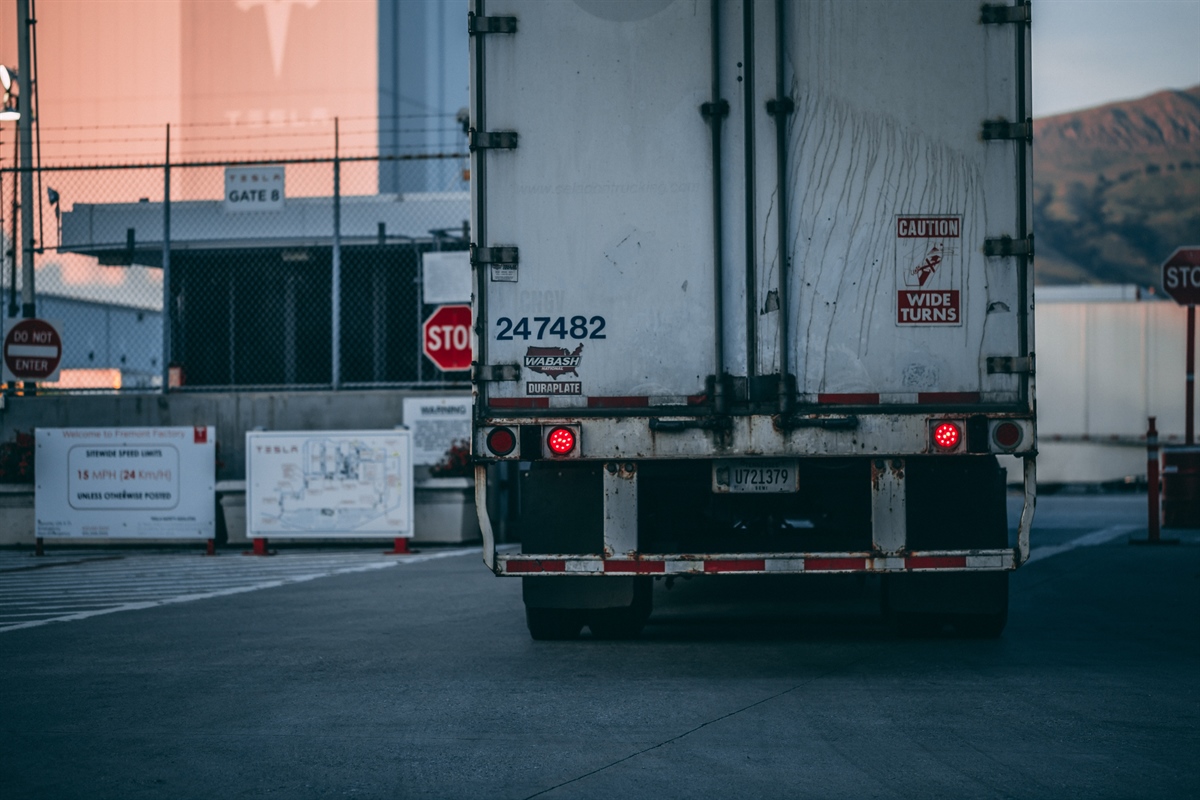Sustainability is at the forefront of everybody’s mind, with many opting to ditch the plastic straws and plastic bags for reusable alternatives, in order to limit the environmental impact they have on the earth. Many are more cautious of what they buy and favour a company that has a sustainable, eco-friendly ethos.
However, there is still a lack of information available for the consumer to really tell where their products come from. Apart from some certified products such as “fairtrade” or “MSC ” fish, there is very little information available to verify the sustainability of a product and show the journey of the product through the supply chain. Where was it originally sourced from and using what machinery? Where was it packaged and what journey did the product take? How are the employees who helped to build the product treated? How do we really know this product is “sustainable”?
That is looking to change in the future as “IoT”, “AI” and “Blockchain” are helping to provide supply chain traceability, allowing consumers to make more informed and sustainable decisions. Full supply chain transparency involves;
Verification: a way to ensure the claims about the product production are true
Traceability: the ability to see the journey of the product from origin through the supply chain to the shop floor
Discovery: a way for you as the consumer to learn about the product and all the information within the supply chain so you can make an informed decision
A myriad of technologies can all be used in this process to make these steps clearer

Blockchain
As explained in our previous blog, blockchain is a type of public ledger that allows transactions from user to user to be recorded and verified. It becomes a long record book of the chain of transactions that continues to be built on with previous transactions not able to be altered. By using blockchain technology a supply chain can have a public record of the life cycle of a product. Each component or process in the product life cycle would have an entry point on the blockchain where authorised companies can have access, to update the products journey in real time. At the end of the products cycle there would be a public record of each part of the journey tracing back to the extracting of the raw materials used to make it. In this way blockchain is great in helping with all three aspects of supply chain transparency; verification, traceability and discovery.

Internet of Things
IoT sensor information can help to assist in the tracking of a product through the supply chain as well as recording other information that may be of value to the consumer such as the product temperature or other conditions that the product is being housed in. IoT provides this information at the source in real time and can be used to update the blockchain as the product moves through the process.

Artificial Intelligence
AI can be great in verifying many of the claims made by products. Although blockchain and IoT already enable the product to be verified in terms of location along the supply chain some of the claims made by companies, such as whether the source of the product is from a legal or sustainable area, can only be understood by knowing more information about the specific processes involved in production.
An example is given by OpenSC, a company at the forefront of producing traceable supply chain technology, of Patagonian Toothfish caught and sold in an sustainable and ethical way. In order to confirm that the fish is caught in the way it is claimed, OpenSC needs to verify that the ships used to catch the fish did not catch inside marine protected areas and illegal fishing zones. Using GPS data OpenSC can track the location and speed at which the fishing vessels were moving. This is important as vessels are only capable at catching fish at certain speeds. Using this GPS data and machine learning algorithms that combine location, speed, depth and weather data, OpenSC can track the journey of the vessels and confirm that fishing only occurred inside legal fishing zones. This then qualifies the product for the ethical and sustainable claim. After all the above data is collected a simple QR code on the packaging of the product can allow a consumer to get all of this data at their fingertips.
OpenSC which is co-founded by WWF and BCG Digital Ventures is one of the leading companies looking to combine these three technologies to promote ethics, sustainability and traceability in the supply chain, with many other companies looking to follow suit in this endeavour for sustainable production.
